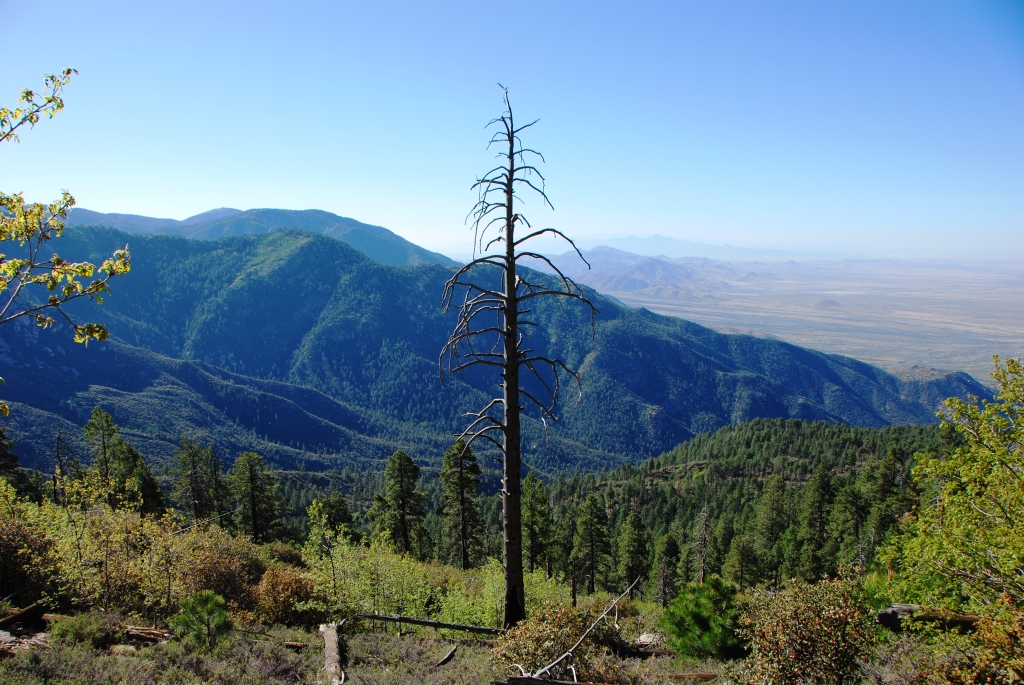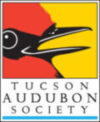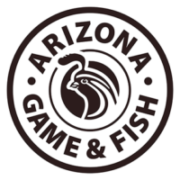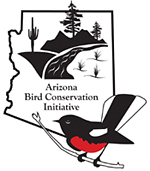Anderson Mesa IBA Global IBA for Pinyon Jay

Anderson Mesa
Anderson Mesa begins about 9 miles southeast of Flagstaff and is a gently sloping tableland for approximately 25 miles to the southeast. The northern lakes are Marshall, Lower and Upper Lakes Mary, and Mormon. Ashurst and Kinnikinck Lakes are more central. The southern lakes are Long, Soldiers’, Soldiers’ Annex, Tremaine and Hay. Along the length of the mesa are many ephemeral wetlands of varying sizes. Low bluffs outline part of the western edge and Lakes Mary & Mormon are below the bluffs. Various habitats are coniferous & deciduous trees, shrubs, small canyons, open grasslands, seasonal marsh wetlands, and shallow wet meadows. The central portion of mesa is made up of plains grasslands, habitat for Pronghorn Antelope herds.
The pinyon and juniper woodlands provide significant habitat for Pinyon Jay, and the IBA has global recognition for this species. Also breeding there are Cinnamon Teal, Band-tailed Pigeon, Virginia Rail, Sora, Osprey, Pied-billed Grebe, Western Grebe, Clark’s Grebe, Purple Martin, Virginia’s Warbler, Red-faced Warbler.
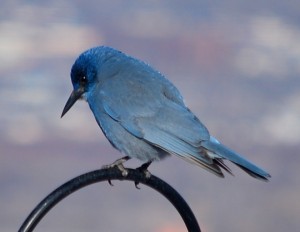
Pinyon Jay by Richard Johnson
Northern Arizona Audubon and Audubon Southwest have partnered with Great Basin Bird Observatory to establish a community science survey program for Pinyon Jay and pinyon pine cone crops. Learn more and volunteer by Click Here
Visiting the IBA: Located 20 miles southeast of Flagstaff, take the Lake Mary Road exit and travel east on Forest Road 3. Mormon Lake Lodge is located on the south side of Mormon Lake. There are overlooks, trails and two-track roads throughout.
Conservation Concerns: Grassland and wetlands habitat health requires management of grazing, off highway vehicle travel and fire. Loss of the grasslands impacts the Pronghorn Antelope population and the grassland bird assemblage (primarily horned larks, sparrows, and meadowlarks). Immediate concerns are: drought, fire, and grazing in wetlands by livestock and wildlife. Strategies: off-highway vehicle management, exclusion of livestock and elk from wetland areas, replanting wetland species, and fire management through prescription fires.

